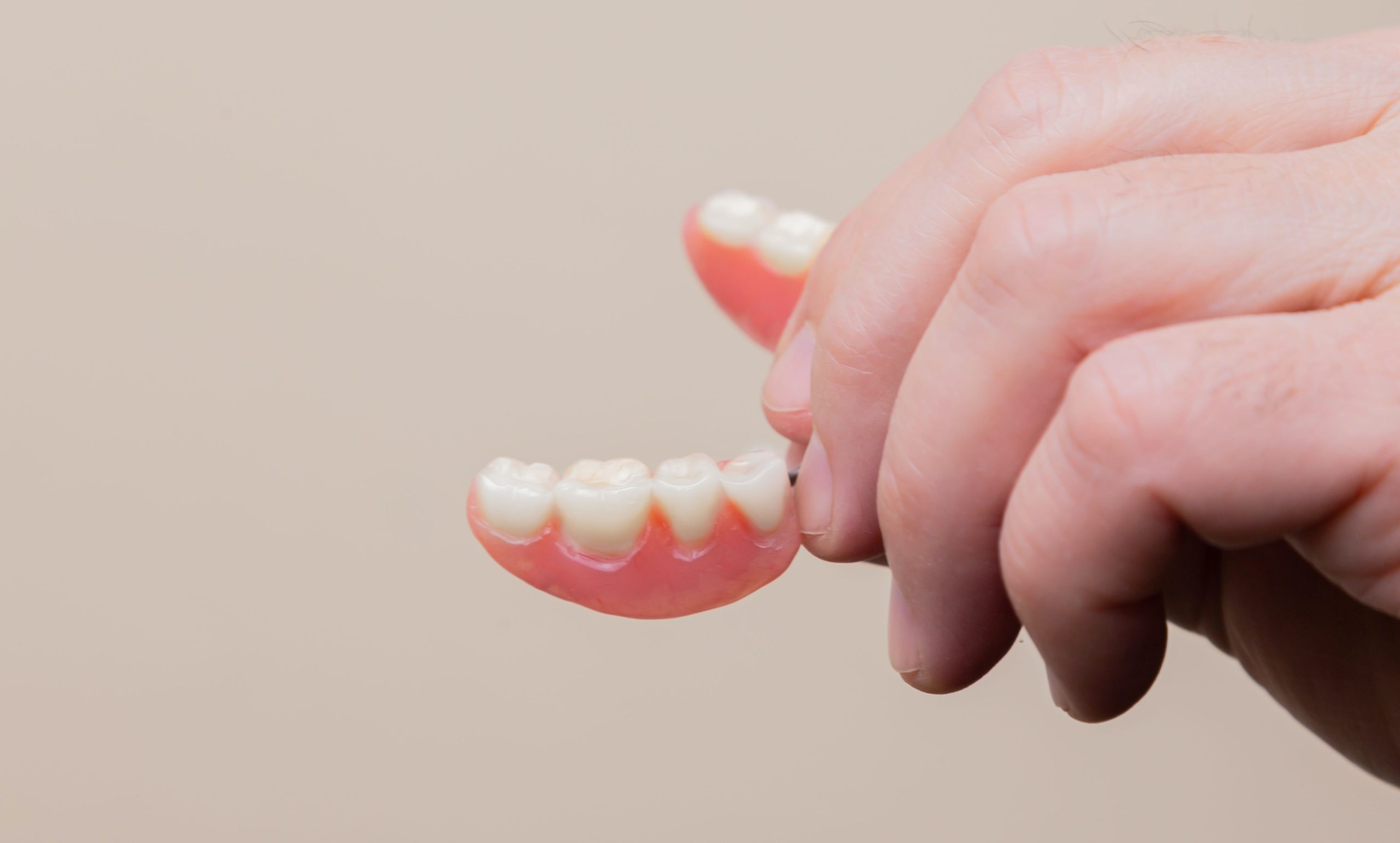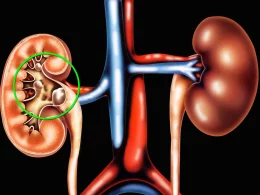As a journalist, it is my responsibility to report on health news that impacts the lives of my readers. In recent years, research has emerged that suggests a surprising link between gum disease and arthritis, shedding light on the complex relationship between oral health and joint health.
-
The Oral-Systemic Connection: How Gum Disease and Arthritis are Related
Gum disease, also known as periodontal disease, is a chronic bacterial infection that affects the gums and supporting structures of the teeth. It is caused by the buildup of plaque, a sticky film of bacteria, on the teeth and gums, leading to inflammation and damage to the gum tissue and bone.
Recent research has shown that gum disease may be linked to arthritis, a chronic condition that causes inflammation and pain in the joints. Studies have found that individuals with gum disease are more likely to develop arthritis, and vice versa. This has led experts to believe that there may be a common underlying factor that contributes to both conditions.
-
The Role of Inflammation: A Common Denominator in Gum Disease and Joint Pain
Inflammation is a key component of both gum disease and arthritis. In gum disease, the body’s immune response to the bacterial infection leads to chronic inflammation in the gums, which can eventually cause destruction of the gum tissue and bone.
Similarly, in arthritis, the immune system mistakenly attacks the joints, leading to inflammation, pain, and damage to the joint tissues. The similarities in the inflammatory response in both gum disease and arthritis have led researchers to explore the possibility of a shared pathway between the two conditions.
-
Treating Gum Disease to Improve Joint Health: An Emerging Approach to Arthritis Management
The emerging research on the link between gum disease and arthritis has led to a new approach in managing arthritis by targeting oral health. Some experts believe that treating gum disease may help improve joint health and potentially reduce the severity of arthritis symptoms.
By controlling the bacterial infection and inflammation in the gums through proper oral hygiene practices, professional dental cleanings, and other periodontal treatments, it may be possible to reduce the burden of inflammation in the body and potentially alleviate some arthritis symptoms.
However, it’s important to note that the relationship between gum disease and arthritis is complex, and more research is needed to fully understand the mechanisms involved and the potential impact of treating gum disease on arthritis outcomes.
Conclusion:
The emerging research on the link between gum disease and arthritis highlights the intricate relationship between oral health and overall health. The role of inflammation appears to be a common denominator in both conditions, and targeting gum disease as part of arthritis management is an emerging approach that warrants further investigation. As a journalist, it is my duty to report on the latest findings in health research and provide accurate information to empower my readers to make informed decisions about their health.










